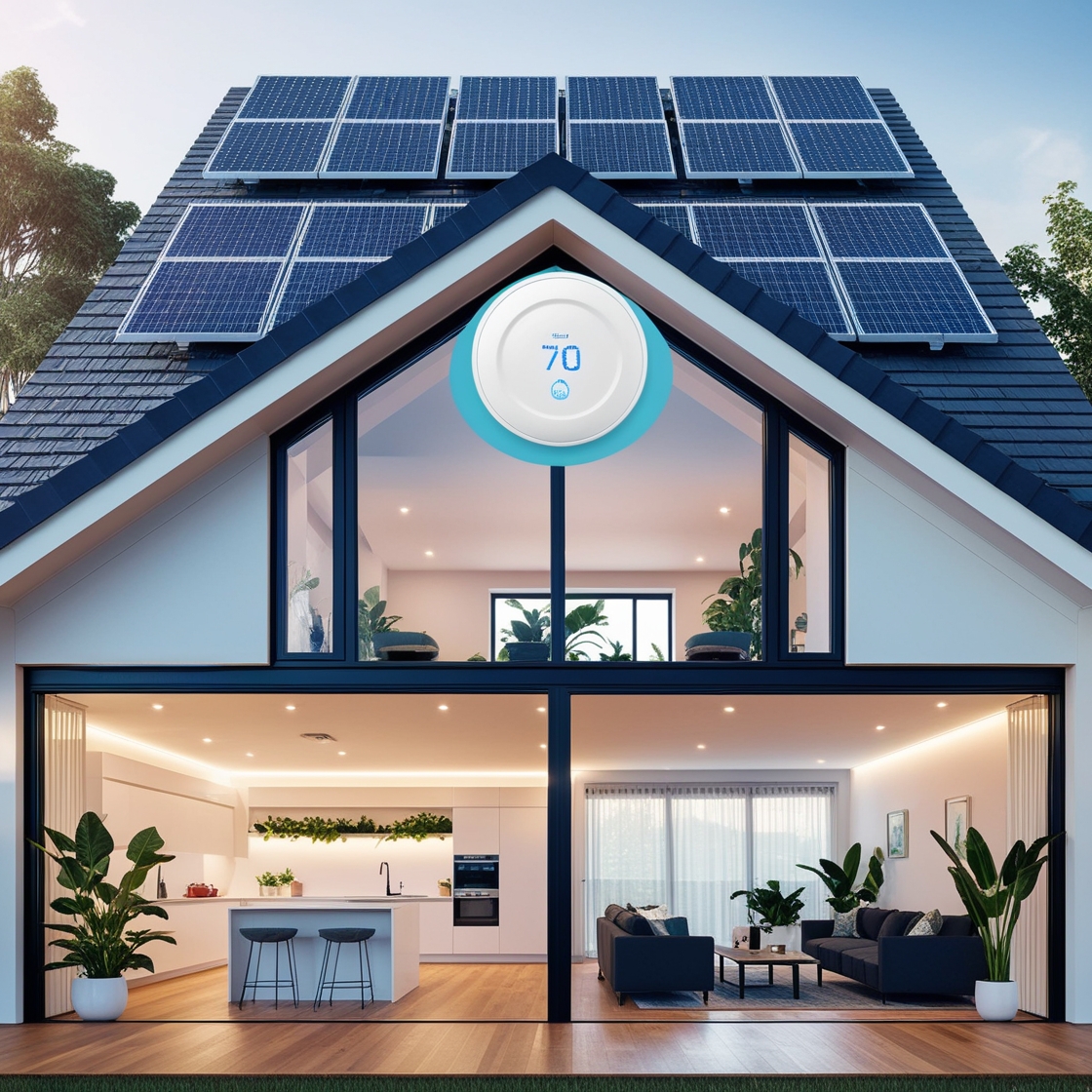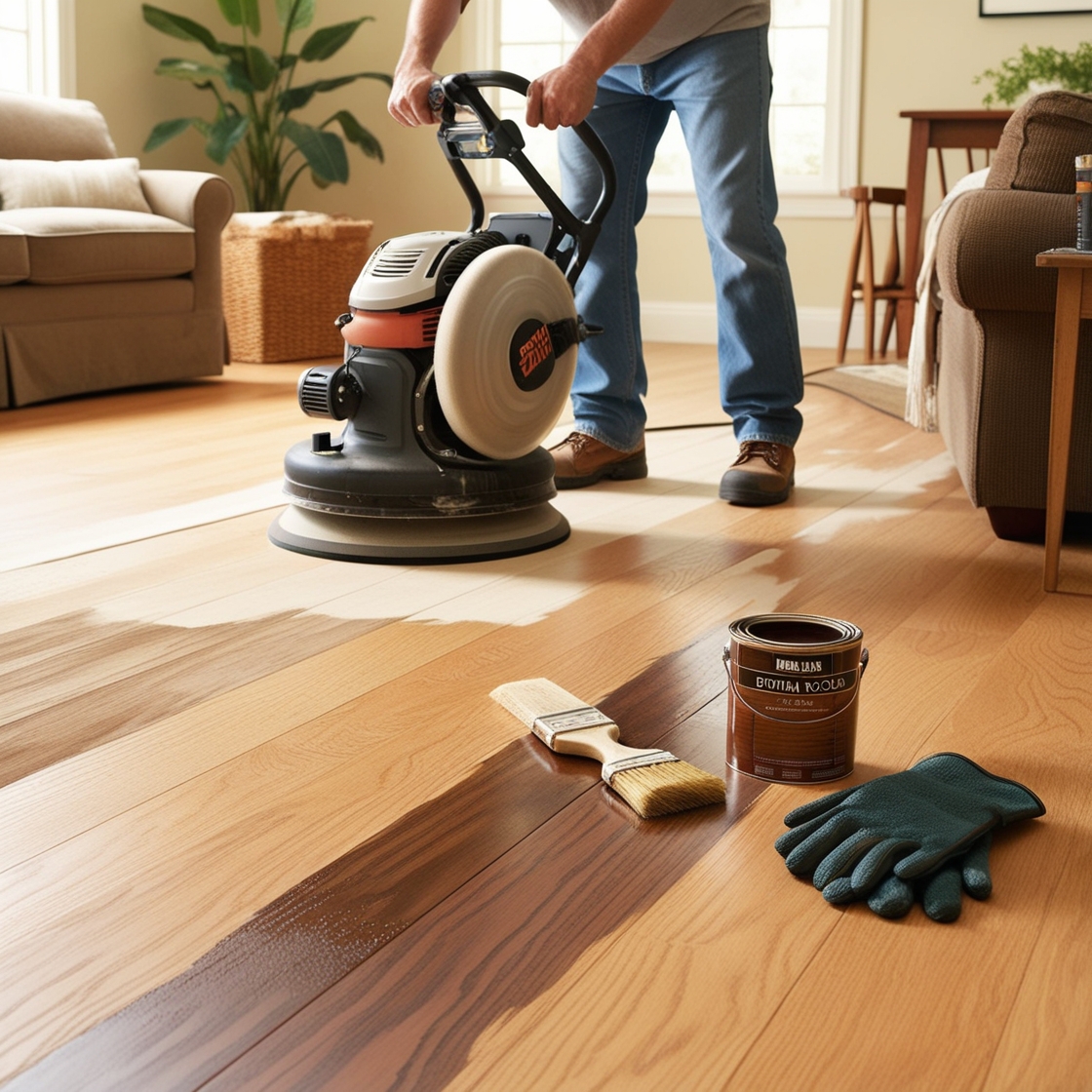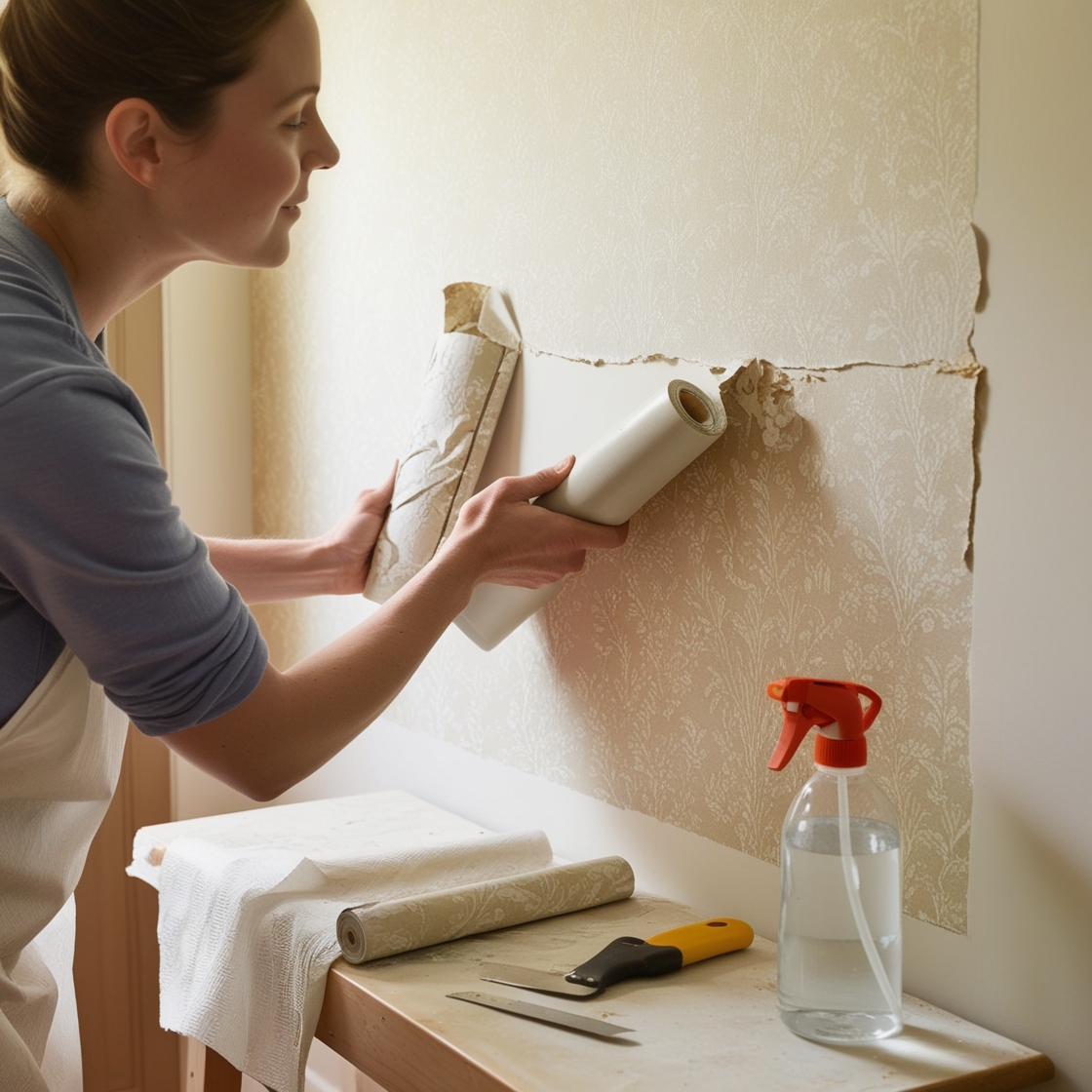
What are the most effective ways to improve energy efficiency at home?
Improving energy efficiency at home not only reduces your utility bills but also contributes to a more sustainable environment. With the right strategies, you can significantly lower your energy consumption while maintaining comfort and convenience. Here are some of the most effective ways to make your home more energy-efficient.
1. Upgrade to Energy-Efficient Appliances
One of the most impactful ways to improve energy efficiency is by upgrading to energy-efficient appliances.
- Energy Star Appliances: Look for appliances with the Energy Star label, which indicates that they meet or exceed energy efficiency standards set by the Environmental Protection Agency (EPA). These appliances use less electricity and water, reducing overall energy consumption.
- Smart Appliances: Consider investing in smart appliances that can be programmed or controlled remotely. For instance, a smart thermostat can learn your schedule and adjust the temperature accordingly, ensuring energy isn’t wasted when you’re not home.
2. Improve Insulation
Proper insulation is key to maintaining a consistent indoor temperature, reducing the need for excessive heating or cooling.
- Attic Insulation: Adding or upgrading insulation in the attic can significantly reduce heat loss in winter and keep your home cooler in summer. Insulation materials like fiberglass, cellulose, or spray foam are effective choices.
- Wall and Floor Insulation: Insulating exterior walls and floors, especially those above unheated spaces like basements or garages, helps to minimize energy loss and maintain a comfortable indoor environment.
3. Seal Windows and Doors
Windows and doors are common sources of energy loss. Ensuring they are properly sealed can prevent drafts and improve energy efficiency.
- Weatherstripping: Apply weatherstripping around doors and windows to seal gaps that let in cold air during winter or hot air during summer. This simple step can make a big difference in your home’s energy efficiency.
- Caulking: Use caulk to seal any cracks or gaps around window frames, door frames, and other areas where air may leak in or out. Silicone-based caulk is durable and works well for sealing exterior and interior spaces.
4. Install Energy-Efficient Windows
If your windows are old or inefficient, upgrading to energy-efficient windows can lead to significant energy savings.
- Double or Triple Glazing: Double-glazed or triple-glazed windows have multiple panes of glass with air or gas-filled spaces in between, providing better insulation than single-pane windows.
- Low-E Coatings: Low-emissivity (Low-E) coatings reflect infrared light, keeping heat inside during winter and outside during summer, which helps to maintain a stable indoor temperature.
5. Use LED Lighting
Switching to LED lighting is one of the simplest and most cost-effective ways to improve energy efficiency.
- LED Bulbs: LED bulbs use up to 80% less energy than traditional incandescent bulbs and last much longer. They also produce less heat, reducing the load on your cooling system during warmer months.
- Smart Lighting: Consider smart lighting systems that can be controlled via apps or voice commands. These systems allow you to schedule lights to turn off when not needed, further reducing energy consumption.
6. Upgrade Your HVAC System
Heating and cooling systems are some of the largest energy consumers in a home. Upgrading your HVAC system can lead to significant energy savings.
- High-Efficiency HVAC Systems: Invest in a high-efficiency furnace, air conditioner, or heat pump. Look for systems with a high Seasonal Energy Efficiency Ratio (SEER) or Annual Fuel Utilization Efficiency (AFUE) rating.
- Regular Maintenance: Keep your HVAC system running efficiently by performing regular maintenance, such as changing air filters, cleaning ducts, and scheduling professional inspections.
7. Install a Programmable Thermostat
A programmable thermostat allows you to set your home’s temperature based on your daily routine, reducing energy usage when heating or cooling is not necessary.
- Smart Thermostats: Smart thermostats can learn your preferences and automatically adjust the temperature to optimize energy use. They can also be controlled remotely, so you can make adjustments even when you’re not home.
- Zoned Heating and Cooling: If possible, consider installing a zoned heating and cooling system, which allows you to control the temperature in different areas of your home independently. This way, you can avoid wasting energy on rooms that are not in use.
8. Adopt Renewable Energy Sources
Incorporating renewable energy into your home is an effective way to improve energy efficiency and reduce your carbon footprint.
- Solar Panels: Installing solar panels can provide a significant portion of your home’s energy needs, reducing reliance on grid electricity and lowering utility bills.
- Wind Turbines: For those in areas with consistent wind, small residential wind turbines can be a viable option for generating renewable energy.
9. Use Water Heaters Efficiently
Water heating accounts for a significant portion of household energy use. Optimizing your water heating system can improve energy efficiency.
- Tankless Water Heaters: Consider switching to a tankless water heater, which heats water on demand rather than storing it in a tank. This can save energy by eliminating standby heat loss.
- Insulate Water Heaters and Pipes: Insulate your water heater tank and hot water pipes to reduce heat loss, which helps your system operate more efficiently.



